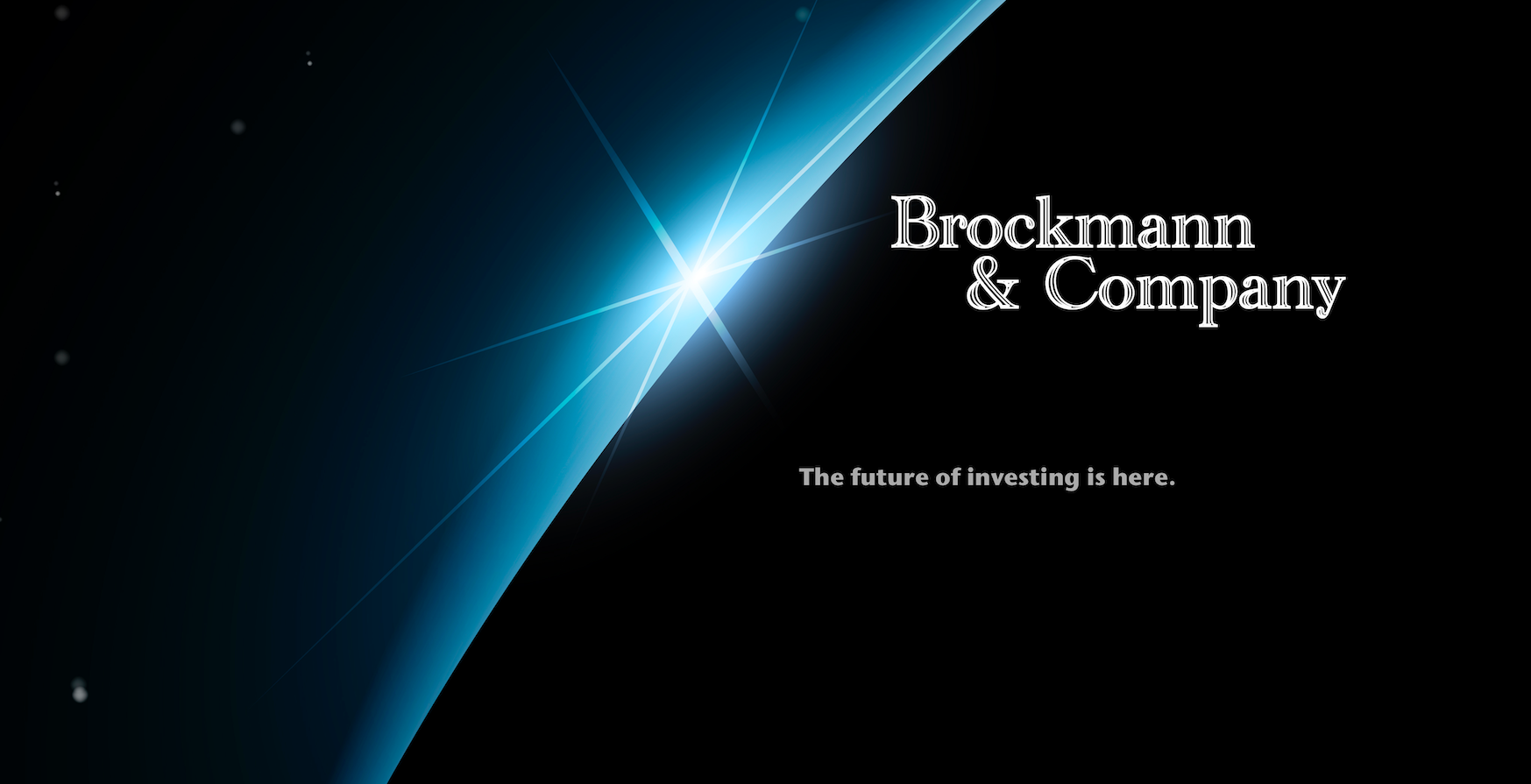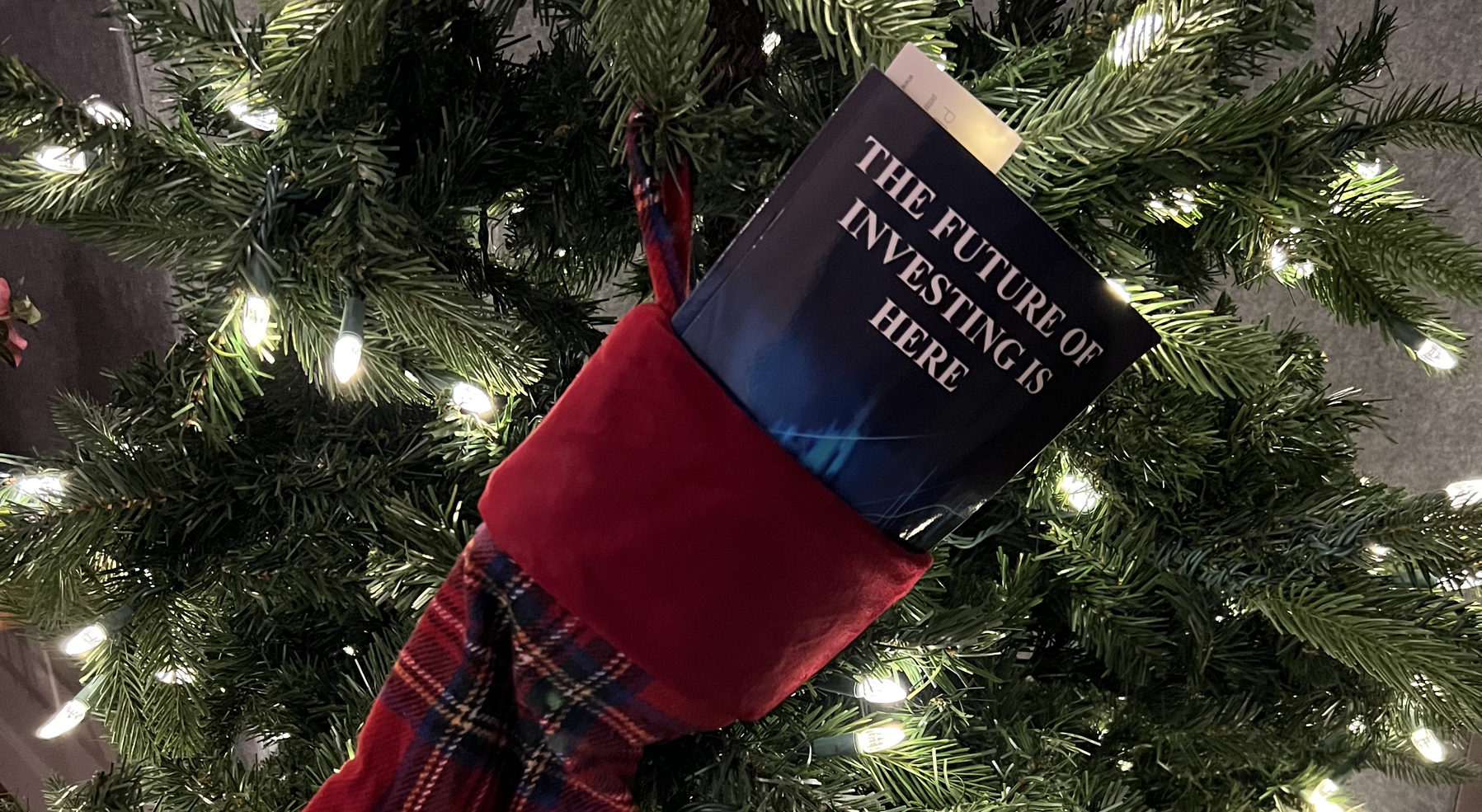Self-Directed Fund is a new category of financial product that combines the best features of classic portfolios, mutual funds and Exchange Traded Funds to create an investment product with a high degree of focus, personal control and accountability, with the lowest fees possible and yet delivers the highest performance. The SDF is what’s after Exchange Traded Funds and is an effective method for assuring a Self-Directed Future.
I’ve written a white paper, Beyond ETFs and the Self-Directed Fund, that explains what the SDF is all about. Here’s an excerpt:
As I was building this app, I realized that I was creating a new category of investment product. This isn’t just a classic portfolio, it’s my own Self- Directed Future with my own Self-Directed Fund. No bonds. No index funds. No mutual funds. Just stocks.
In fact, they’re just the S&P 100. The biggest and best managed companies in America. Name brands, every one. In the period March 2017 through January 2018, my SDF is up 34.0 % compared to the S&P 100’s 20.6%. I’m beating the Index!
Now, I don’t think of myself as a sophisticated investor by any stretch of the imagination. In fact, I’m quite simple. I like rules in investing and have struggled with a range of rules that didn’t really work.
I’ve had a personal discount broker account for about fifteen years. I originally seeded the account with $10,000 and considered it a kind of ‘playground’ for advancing my understanding of how the market works and to practice my immature investment strategies with a couple of stocks. I’ve owned Motorola and RIM with the expectation that they’ll swing back soon (bad idea, since sold), Cisco and IBM too. In fact, for most of my adult life, I have owned stock in a number of companies including my various employers. At one time, my goal was to buy them cheap and hang on (another bad idea).
At other times, it was to invest in only those companies in industries that I knew something about. The sad realization is that I was investing in companies in the same industries where I was working. That meant that when I was having a ‘rainy day,’ it was a pretty good chance that my employer and its peers were having rainy days and therefore my portfolio would be full of water too.
However, I admit that I never really understood the dynamics of how to invest successfully – nor did I have the discipline or attention span to nurture that understanding properly. I often bought terrible stocks or held onto them way past their prime. Knowing my weakness, is exactly why I left the bulk of my available funds with a so-called ‘professional’ in the first place, but now I know better. Way better.
Here’s the white paper: Beyond ETFs and the Self-Directed Fund.







